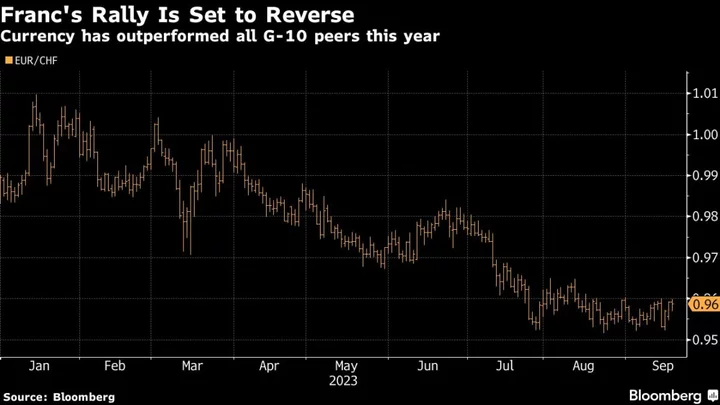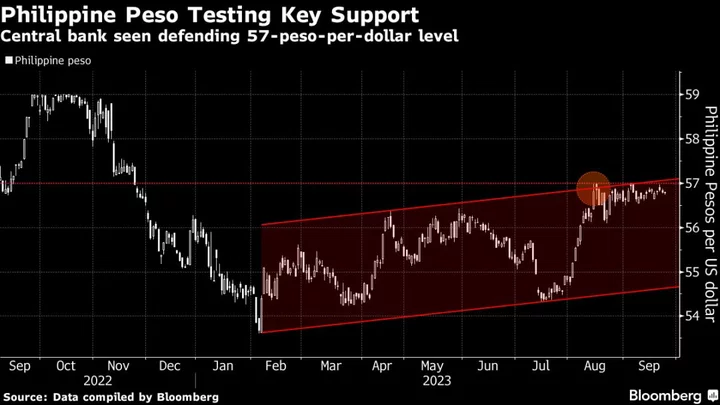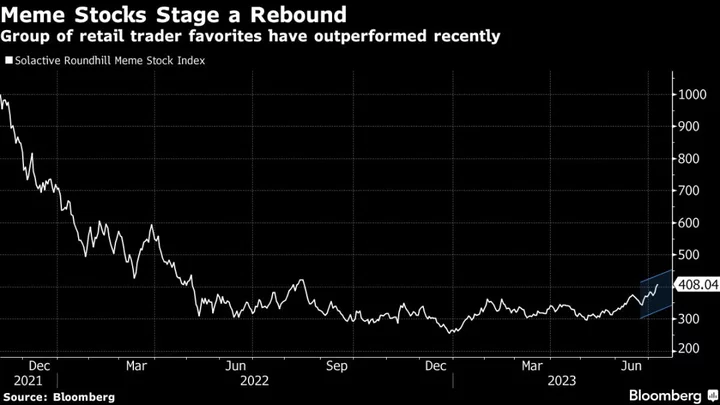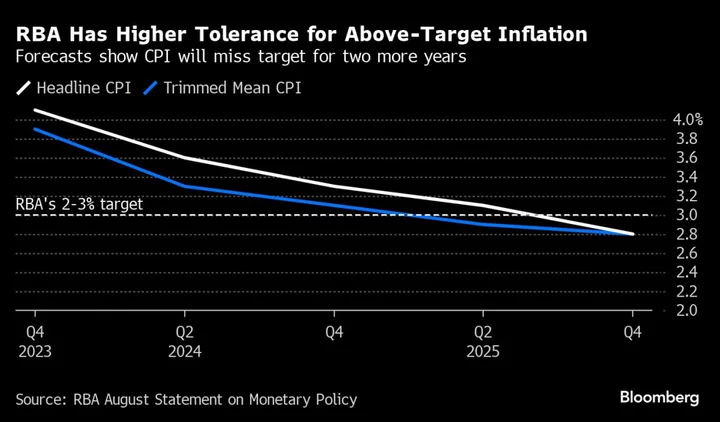The Swiss National Bank’s decision to halt monetary tightening has capped the franc’s rally and rekindled talk about exploiting the growing difference in borrowing costs in Switzerland and other markets.
The unexpected pause sent the franc down by as much as 1% against the dollar to a three-month low on Thursday. Still, it’s the best-performing Group of 10 currency this year, highlighting the scope of its rally.
The Swiss move, in the context of last week interest-rate hike by the European Central Bank, is fueling appetite for the franc as a funding currency, which can be tapped cheaply by traders to finance carry-trade investments in higher-yielding markets.
“The franc becomes an attractive funding currency for now,” said Kit Juckes, chief FX strategist at Societe Generale in London. “The SNB is market-wise enough to know that failing to match rate hikes from the ECB and others in Europe will not help the franc, but I’m sure they are comfortable with that as long as it doesn’t go too far.”
The SNB decided to keep its benchmark on hold at 1.75% amid concerns that the franc’s 11% appreciation to the dollar since November is denting growth prospects, while it helps to bring inflation back under control.
No More Tightening?
Swiss policymakers have raised their key rate by a cumulative 250 basis points since last year, compared with 450 basis points in the euro area and even more in the US. While the bank didn’t rule out further hikes, some analysts said the Swiss tightening cycle may have already ended.
“The combination of slowing growth in Europe and of the strength of the currency is highly likely, in our view, to keep Swiss inflation dynamics in check in the months ahead,” said Adrien Pichoud, chief economist at Bank Syz. “As such, we believe the SNB rate will be maintained at the current level for the foreseeable future.”
Even before Thursday’s decision traders ramped up bets against the franc, almost doubling their short position versus the dollar, according to CFTC data.
The franc is the most expensive among G-10 currencies based on the Bank of International Settlements’ measure of real effective exchange rates. The SNB’s signal that it’s comfortable with current inflation leaves open the door to further franc losses, at least in the near term.
“It must be remembered that the SNB has struggled with disinflation and deflation for decades in the approach to the recent crises and, on many models, the franc remains overvalued,” said Jane Foley, head of FX strategy at Rabobank.
Still, the franc’s downside appears capped as the SNB remains willing to intervene in the market and has kept the door open to more hikes, according to Jordan Rochester, a G-10 currency strategist at Nomura International. Policymakers’ comments confirmed the franc remains an important tool in containing imported price pressures, he said.
“The playbook for the franc today is that this is a sell-franc moment,” Rochester said on Thursday. “Still, it’s hard to see the currency weaken versus riskier peers like the pound and Swedish krona with a global slowdown underway.”
--With assistance from Allegra Catelli, Aline Oyamada and James Hirai.









